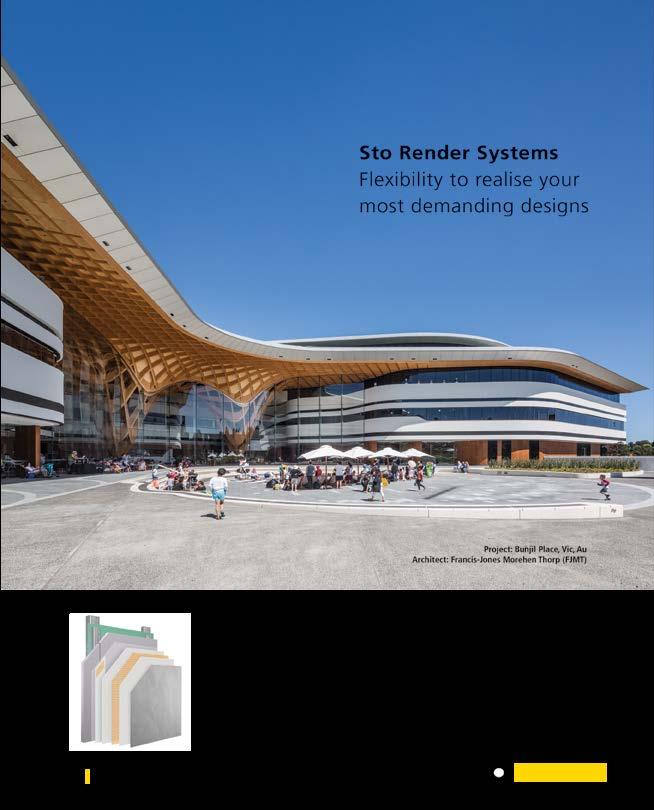INSIGHTS
THE PRINCIPLES OF THE
20-Minute Neighborhood
Words by Gensler
The concept of the 20-minute neighborhoods has every commercial, residential, and institutional need within a 20-minute walk or bike ride of each other.
Equity and the 20-Minute Neighborhood “We’re seeing a ripple effect in our neighborhood storefronts — and well before this pandemic, many of those storefronts, especially in our neighborhoods, were already vacant. There’s an opportunity to start to think about how these spaces can be repurposed, and how they can fill some gaps in healthcare — how we can populate these spaces to address some of these overdue needs in the community.” - Andre Brumfield, Gensler Cities & Urban Design Leader
Equity Should Frame the 20-Minute Neighborhood Conversation ACCORDING TO C40 CITIES, HERE ARE THE CORE ELEMENTS OF SUCH NEIGHBORHOODS: 1. Easy access to goods and services, particularly groceries, fresh food, and health care. 2. A variety of housing types, of different sizes and levels of affordability, to accommodate many types of households and enable more people to live closer to where they work.
To make a 20-minute neighborhood work, it must first be infused with the necessary services to support residents’ quality of life, including healthcare, affordable housing, education, healthy food, retail, and greenspace. Access for all residents must be an absolute priority. This becomes especially important as shortages in revenues are affecting investment in updates to ailing transportation infrastructure. Over time, this will increase reticence to use mass transit in major cities, which amplifies the importance of creating cities where all residents can find what they need within walking distance
3. Clean air, free of harmful air pollutants, and public green spaces.
Environmental Factors Matter More Than We Realize
4. Smaller-scale offices, retail and hospitality, and co-working spaces that allow people to work closer to home.
We must seriously consider the fact that the pandemic is a product of the alterations we’ve made to the natural landscape and the lack of harmonization of our cities with nature. We have to start adapting cities to the landscape, to nature, and not the other way around.
80 | By Design 2022




















